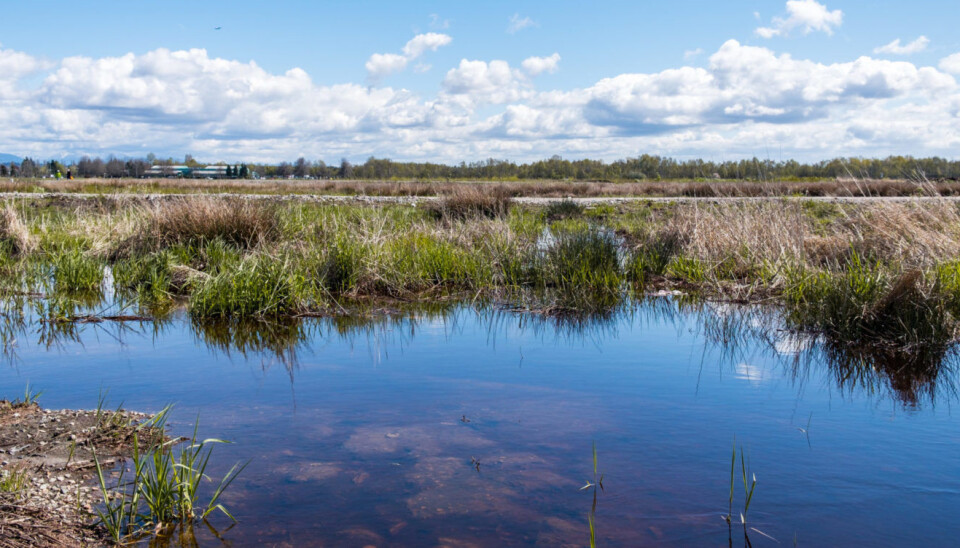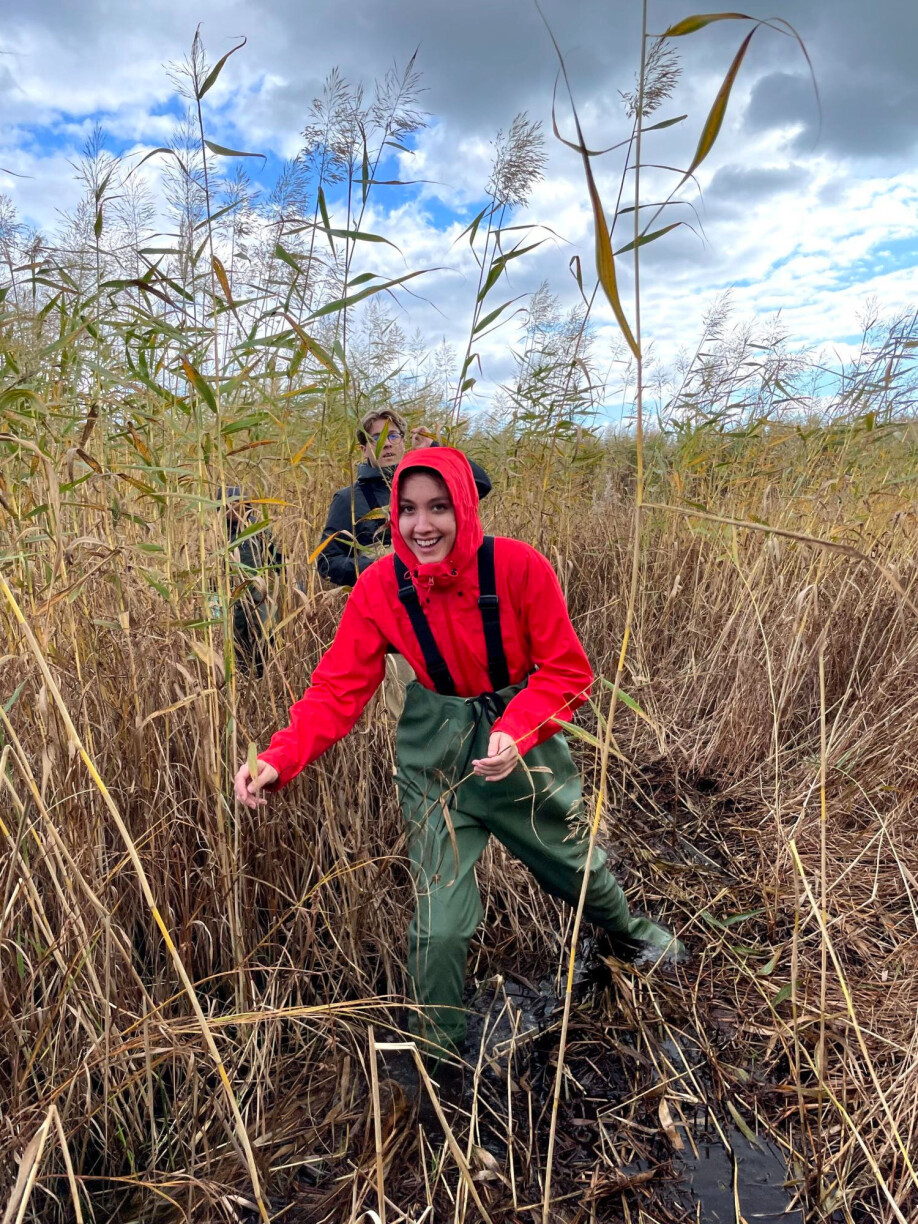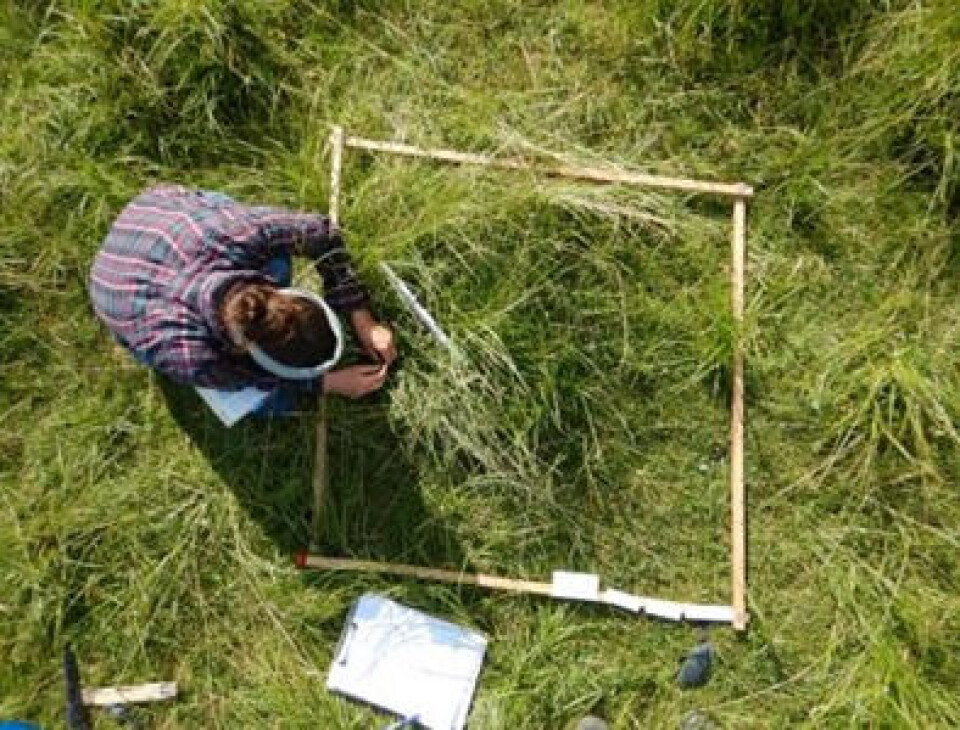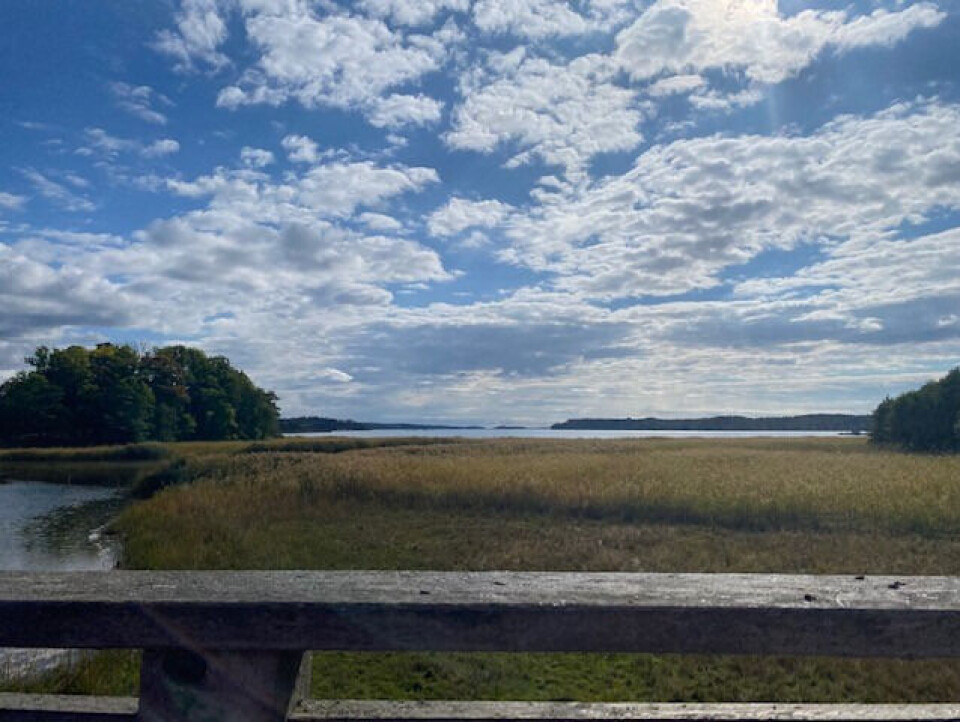THIS ARTICLE/PRESS RELEASE IS PAID FOR AND PRESENTED BY SINTEF - read more

An ‘unknown’ ecosystem that is good news for the climate
At the boundary between the land and sea, there exists an ecosystem that has been overlooked by Norwegians for so long that it was only recently given an official name. But studies are revealing that it has some very desirable properties.
“No one in Norway knows about them, and no one cares very much, but it looks as though they probably play a vital role when it comes to biodiversity and carbon sequestration," Rachel Tiller says.
She is a chief research scientist at SINTEF and is taking part in a cross-disciplinary research project called NordSalt. The aim of the project is to evaluate the significance of tidal marsh and swamp habitats in the Nordic countries.
Tidal wetlands or ‘salt marshes’ may be much more important that you might think.
A study carried out by Manchester Metropolitan University has concluded that a salt marsh in the UK sequestered the same amount of carbon in four years as more than a million newly-planted trees over a period of ten years.

Salt marshes also act as buffer zones against the impacts of extreme weather events. The NordSalt project team is currently evaluating their distribution and biodiversity, as well as the importance of their role in climate regulation. It is also looking into how vulnerable these habitats are, both in relation to climate change and political decision-making.
What exactly is a salt marsh?
In simple terms, we’re talking about marshes, swamps and water meadows located in the tidal zone where the land meets the sea.
“We’ve studied many different definitions of salt marsh, many of which were rather broad and imprecise,” says Tiller.
In 2021, in response to a report published by the Norwegian Institute for Water Research (NIVA), the Norwegian Environment Agency declared that salt marshes would from then on be referred to in Norwegian as ‘tidevannseng’ and ‘tidevannssump’.
The NIVA report concluded that about 60 square kilometres of natural habitat in Norway came under the new Norwegian definition.
“It is very likely that this is a gross underestimate, but it’s what we’ve come up with given the data available to us,” says Gunhild Borgersen, who works as a researcher in marine biology at NIVA and is one of the co-authors of a report entitled ‘Har vi saltmarshes i Norge? ' (Do we have salt marshes in Norway?).
Valuable natural carbon stores
“What we’re trying to find out is the value of these marshes, and to do this we’re studying them in Norway, Sweden, Denmark, Finland and Germany,” says Tiller.
Part of the work involved in the NordSalt project is to measure the extent to which salt marshes contribute to carbon sequestration so that a so-called ‘carbon value’ can be assigned to these areas.
“This will enable us to label salt marshes with a ‘price’,” Tiller says. “For example, if the armed forces propose to exploit a given area for military purposes, we can say ‘Ok, but it also has a value in terms of its carbon storage capacity’.”
Gunhild Borgersen at NIVA believes that the carbon value of these areas will be very high.
“Large volumes of carbon can be stored in a salt marsh,” says Borgersen. “Carbon is captured by the vegetation and sequestered in the ground beneath the plants, accumulating a massive volume in store. Calculations have been carried out showing that such areas can store about 40 times more carbon per square kilometre than woodlands and forests."
Protecting us from extreme weather events

But salt marshes are not only valuable with a view to carbon capture.
“They are characterised by high biodiversity,” says Borgersen. “The marshes are key habitats for birds and fish species. Birds exploit them for food, and they also serve as nurseries and hiding places for small fish."
“Salt marshes protect coastlines from erosion because the vegetation traps and binds sediment. They also capture nutrient salts, thus improving water quality,” she adds.
Moreover, coastal marshes and swamps can protect communities against extreme weather events, explains Tiller.
“They serve to weaken the storms coming in off the sea before they reach populated areas,” she says. “We have an example of this in New Orleans. The more marshland they destroy, the worse the impact of the hurricanes on the city. Here in Scandinavia, things are on a much smaller scale, but you might say that even our limited salt marshes are there to protect our communities. Nevertheless, there is no shortage of people who see no need for marshlands, and who want to drain and destroy them."

Cross-disciplinary project
Rachel Tiller at SINTEF is responsible for the social science aspects of the NordSalt project. She is looking into how we should relate to legislation in areas that are not quite on land and not quite at sea.
“We’re studying who is using these areas and examining the conflicts that can arise if we decide to conserve all of these marshlands," she says.
NordSalt is a cross-disciplinary project in which social science studies run in parallel with natural science research. Social scientists join the scientific cruises taking samples from the marshlands and the natural scientists participate in workshops run by the social scientists.
“Much of what we’re working on is focused on generating awareness of the very existence of salt marshes,” says Tiller. "I’d never heard of them before."
“This is often the case with coastal ecosystems,” explains Borgersen.
“We often get locked into an ‘either or’ mindset,” she says. “Either we research stuff on land or at sea. Areas at the boundary between the two are easily overlooked."
The Norwegian researchers’ definition of a salt marsh is ‘a coastal ecosystem in the tidal zone that is regularly flooded by the tide and dominated by salt-tolerant species’.
The project is looking into the relationship between plant community patterns, biodiversity and carbon storage in Scandinavian salt marshes, with a focus on the sequestration of blue carbon and greenhouse gas emissions.
The researchers are also aiming to investigate changes in Norwegian salt marsh distribution through time, and changes in biodiversity in response to climate change and other stressors, including land management practices.
A key aspect of the project is to evaluate opportunities for the management of Scandinavian salt marshes as nature-based systems in local, regional and global contexts.
See more content from SINTEF:
-
Propellers that rotate in opposite directions can be good news for large ships
-
How Svalbard is becoming a living lab for marine restoration
-
New study: Even brand-new apartments in cities can have poor indoor air quality
-
Fresh hope for patients with chronic inflammatory bowel disease
-
Testing a giant ship: May take five kilometres to stop
-
A robot is helping researchers hunt for the best cancer warriors





































